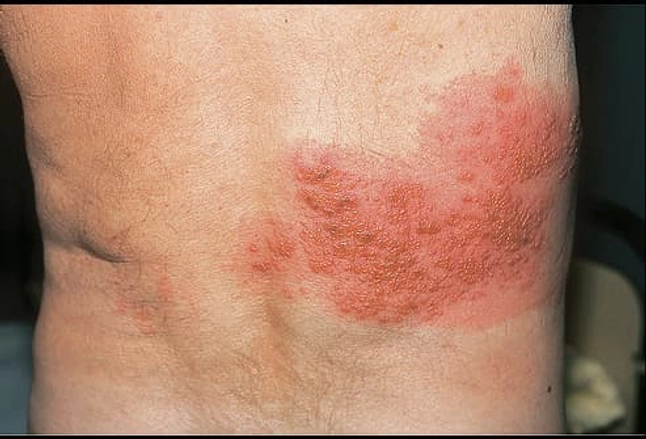Uncover the Varicella-Zoster Virus’s secrets, from chickenpox to shingles, and learn how to prevent these infections for optimal health. Watch the video for essential insights and preventive measures.
The Varicella-Zoster Virus (VZV) is responsible for two distinct infections: chickenpox (varicella) and shingles (herpes zoster). While chickenpox is typically a mild childhood illness, shingles can cause severe pain and complications, especially in older adults. In this comprehensive guide, we will explore the Varicella-Zoster Virus, its symptoms, and preventive measures to protect against these infections.
Understanding Varicella-Zoster Virus
The Varicella-Zoster Virus belongs to the herpesvirus family and is highly contagious. It spreads through respiratory droplets or direct contact with fluid from the blisters of an infected person. After the initial infection, the virus remains dormant in the body’s nerve cells and can reactivate later in life, causing shingles.
Symptoms of Chickenpox
Chickenpox typically begins with a fever, headache, and loss of appetite, followed by the characteristic itchy rash. The rash starts as small red spots that quickly develop into fluid-filled blisters. These blisters can spread over the entire body, including the scalp, mouth, and genital area.
Symptoms of Shingles
Shingles is characterized by a painful, blistering rash that usually appears on one side of the body, often in a band-like pattern. The rash is accompanied by tingling, itching, and burning sensations. Other symptoms may include fever, headache, and fatigue.
Complications of Varicella-Zoster Virus Infections
While chickenpox is usually mild in healthy children, it can cause serious complications in certain groups, such as newborns, pregnant women, and people with weakened immune systems. Complications of chickenpox may include bacterial infections of the skin and soft tissues, pneumonia, and inflammation of the brain (encephalitis).
Shingles can also lead to complications, particularly in older adults. The most common complication is postherpetic neuralgia (PHN), a condition characterized by persistent pain in the area affected by the shingles rash. Other complications may include vision loss, neurological problems, and skin infections.
Preventive Measures
- Vaccination: The varicella vaccine is highly effective at preventing chickenpox and is recommended for all children and adults who have not had the disease.
- Good Hygiene Practices: Practicing good hygiene, such as washing hands regularly and avoiding close contact with infected individuals, can help prevent the spread of the virus.
- Avoiding Contact with Shingles Blisters: People who have never had chickenpox should avoid contact with shingles blisters, as the virus can be transmitted from shingles to cause chickenpox.
- Antiviral Medications: Antiviral medications can help reduce the severity and duration of chickenpox if taken within the first 24 hours of the rash appearing.
- Pain Management: Pain medications and anti-inflammatory drugs can help manage the pain and discomfort associated with shingles.
The Varicella-Zoster Virus is a highly contagious virus that causes two distinct infections: chickenpox and shingles. While chickenpox is usually mild, it can cause serious complications in certain groups. Shingles, on the other hand, can cause severe pain and complications, especially in older adults. Vaccination, good hygiene practices, and early treatment are key preventive measures against these infections. By staying informed and following preventive measures, you can protect yourself and others from the Varicella-Zoster Virus.

